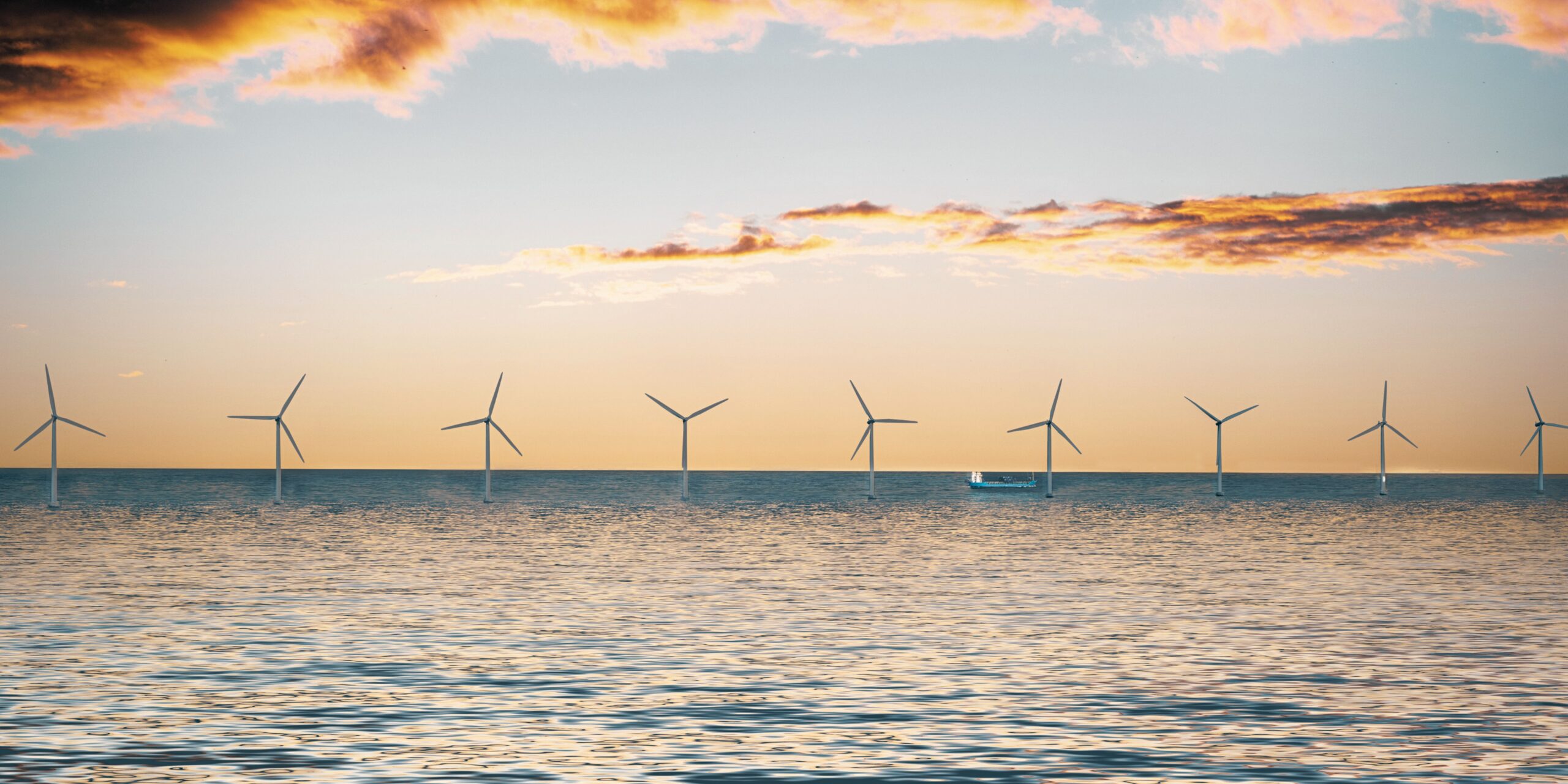What will be the way of Gevi?
Find out with us!
vol. 15
29 June 2023
GEVI’S FUTURE: FLOATING OFF-SHORE
By Edoardo Simonelli, Eleonora Cacchio
The potential of offshore wind power is well known, but the complexity of installation and maintenance processes poses significant challenges.
The main issue lies in the foundations. The sea floor’s depths below 50 meters prevents the installation of wind farms far from land where they could take advantage of wind intensity at higher altitudes and latitudes.
In recent years, new designs for offshore wind power systems on floating platforms are being developed to be able to produce energy on the deep sea. However, this is not yet a competitive solution since the cost of the floating offshore platform increases as the size of the unit it supports grows and as the height of the wind unit’s center of mass rises.
In other words, the tall rotor height of traditional wind turbines (HAWT) requires large floating platforms to balance the center of mass and prevent the structure from capsizing during extreme weather conditions.
The future of offshore wind power definitely remains on floating platforms, and GEVI turbines are perfect to make it happen!
Firstly, their lightweight structure and low center of mass greatly reduce the minimum size of platforms needed to support them and simplify maintenance processes. Moreover, the gyroscopic effect around the vertical axis helps to stabilize the balance of the turbines.
In addition, it is possible to install multiple turbines close together and create “energy islands” in deep sea with improving their overall productivity and sharing the power electronic optimizing also the energy distribution process. Artificial intelligence (A.I.) and active blade pitch control enable interconnection between turbines; they will exchange data with each other and proactively adapt to strong sea winds, enhancing their performance.



